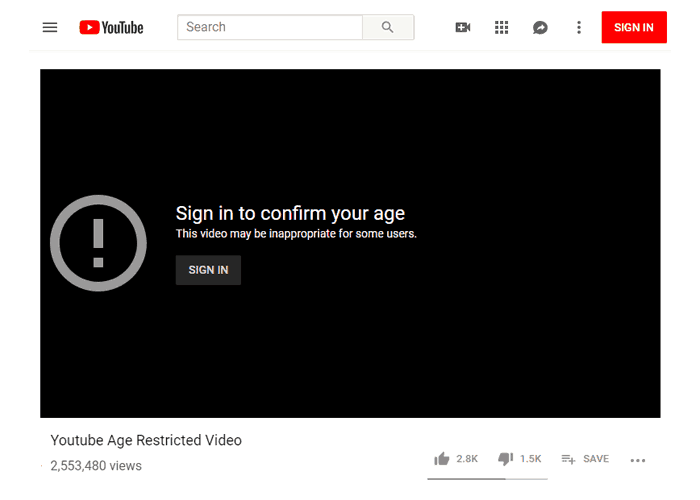

Using a Windows PC to create the flash drive installer is easiest, as you can download the USB Maker and let it take care of the whole process. The easiest way to prepare a CloudReady installation flash drive is with a Windows PC. To install CloudReady, you’ll need an 8GB USB drive (at minimum) and a PC, Mac, or Chromebook to create the installation media. Step 2: Prepare the flash drive for installation You can try out CloudReady from the flash drive you’ll create next, which will allow you to test out how well it works without having to nuke your system.įRIENDLY REMINDER: Before you begin installing CloudReady, back up any files within your existing OS! The process is the same as a clean install of Windows, Linux, or MacOS and will completely wipe your drive. If your laptop meets the hardware requirements but isn’t on the certified devices list, don’t worry. Systems running integrated graphics work best. Note: On the compatibility list, you’ll see desktop systems like iMacs and NUCs listed as well-so if you have a spare monitor, mouse, and keyboard, you can instead spin up a Chromebox. We lucked out with our test machine, a Lenovo ThinkPad X240: All of its major features are supported. (Click on the model’s name to see those details.) We lucked out that our test model, a 2013 Lenovo ThinkPad X240, had full feature support across the board. Your best-case scenario is to find your laptop on Neverware’s list of certified devices, which clearly outlines support for features like a webcam or touchscreen. (In other words, Atom processors from the Silverthorne, Lincroft, and Cedarview families, which were found in low-end laptops between 2008 and early 2012.) You will still need to check your CPU model, though, as Neverware says that processors with Intel Graphics Media Accelerator (GMA) 500, 600, 3600, or 3650 graphics hardware don’t meet CloudReady’s performance standards. The laptop must have 2GB RAM, 16GB storage, full BIOS access, and ideally been manufactured after 2007. Like Chrome OS, CloudReady’s system requirements are very minimal.

Step 1: Check that your laptop will meet the requirements PCWorldĬloudReady’s system requirements are very minimal: Just 2GB RAM, 16GB storage, full BIOS access, and manufactured after 2007. That’s true even after Google’s purchase of Neverware in December 2020, as CloudReady and ChromeOS currently remain on separate development tracks. Note: CloudReady lacks access to the Google Play Store-so if support for Android apps (like Minecraft) is integral to your needs, you’ll have to buy an official Chromebook.

You can read more about the basic differences between the two if you’re curious, but all you need to know is that Neverware has made the experience of using CloudReady all but identical to Chrome OS. How to convert a laptop into a Chromebookįor this project, we’ll be using Neverware’s CloudReady operating system, which is based on Chromium OS-the same open-source code that Google built Chrome OS on.


 0 kommentar(er)
0 kommentar(er)
